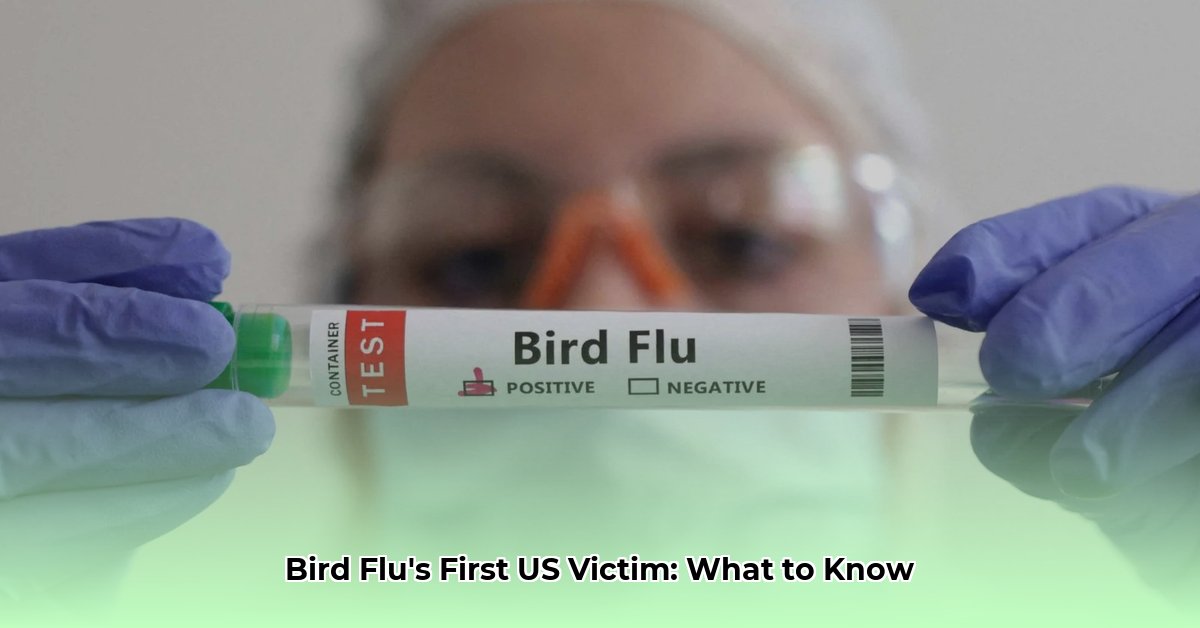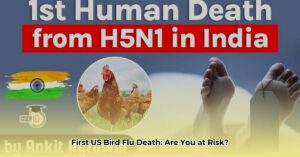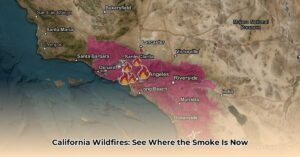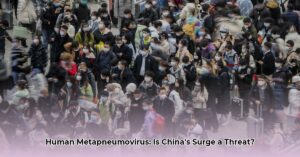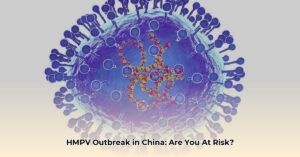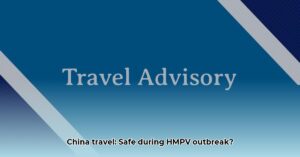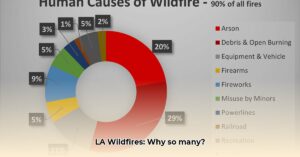First US Death from H5N1 Bird Flu Confirmed
The United States has confirmed its first death from the H5N1 bird flu (avian influenza A(H5N1)). The fatality occurred in Louisiana and was reported on January 6, 2025. The individual, over 65 and with underlying health conditions, was likely exposed to the virus through contact with both backyard poultry and wild birds.
Understanding H5N1 and the Current Situation
Since the beginning of 2024, there have been 66 confirmed human cases of H5N1 in the US, bringing the total to 67 cases since 2022. While this first death is a serious development, the Centers for Disease Control and Prevention (CDC) emphasizes that the risk to the general public remains low. Transmission primarily occurs from infected birds to humans, with no confirmed sustained person-to-person spread.
Details of the Louisiana Case
The Louisiana case involved an individual over 65 with underlying health conditions, making them more vulnerable to severe respiratory illnesses. Their exposure likely stemmed from contact with a combination of backyard poultry and wild birds frequenting the area. The identified viral strain was D1.1, which contains some mutations of interest to scientists. While these mutations may affect the virus’s behavior, there is no current evidence suggesting increased human-to-human transmission.
Assessing the Risk and Taking Precautions
The CDC continues to assess the risk to the general public as low. However, certain groups, such as poultry workers, face a higher risk due to occupational exposure. Several precautions can significantly reduce the risk of infection:
- Minimize bird contact: Avoid close proximity to wild birds, especially those appearing sick or dead. Exercise caution around poultry and other animals, including their droppings and potentially contaminated materials.
- Safe food handling: Thoroughly cook poultry and eggs to kill the virus. Consume pasteurized dairy products.
- Hygiene practices: Frequent handwashing, particularly after being outdoors or near animals, is crucial. Avoid touching your face.
What to Do if You Suspect Exposure
Monitor for symptoms, including conjunctivitis (pink eye) and respiratory illness (cough, difficulty breathing, sore throat), for 10 days after potential exposure. If you experience symptoms, contact your doctor immediately. Early treatment with antiviral medications can be important.
H5N1 Symptoms, Treatment, and Ongoing Research
H5N1 symptoms range from mild flu-like symptoms to severe respiratory illness. Treatment typically involves antiviral medications. While there is no widely available H5N1 vaccine for the general public yet, research into vaccines and treatments is ongoing.
Looking Ahead and Staying Informed
The CDC and USDA are closely monitoring the H5N1 situation, tracking cases, and studying the virus’s evolution. They continue to provide updated guidance and information. Staying informed through reputable sources like the CDC is crucial.
Disclaimer: This information is for educational purposes and does not constitute medical advice. Consult a healthcare professional for any health concerns.

